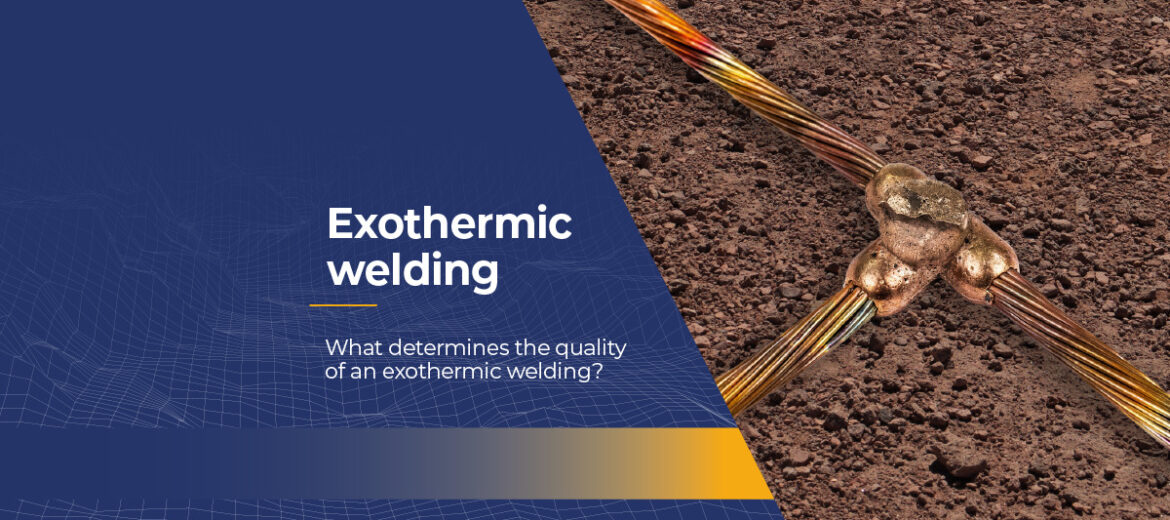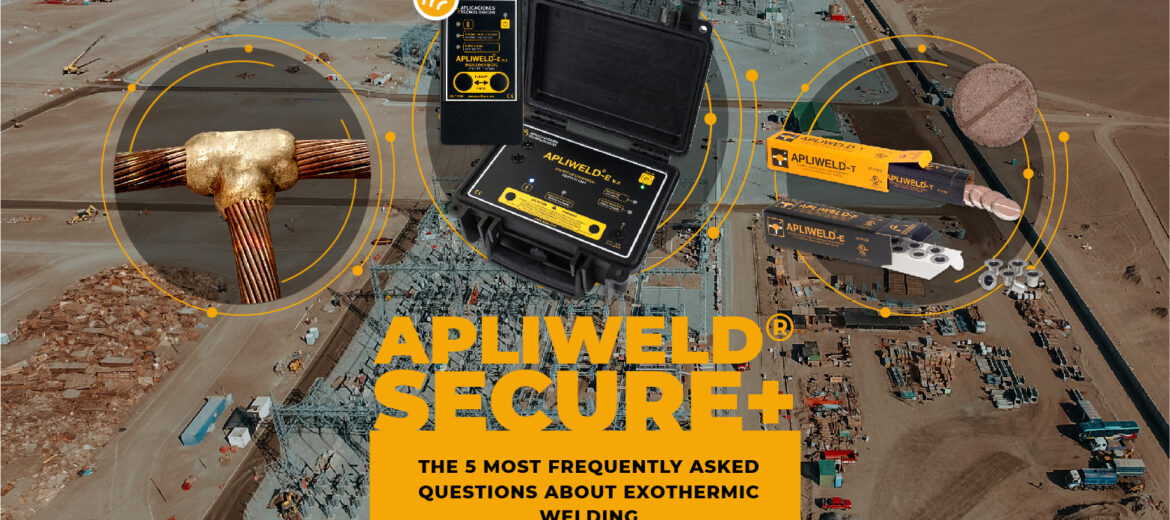What determines the quality of an exothermic welding?
Exothermic welding, also known as aluminothermic welding, is the result of a process that achieves the molecular union of two or more metallic conductors through a chemical reaction. If it is performed correctly, it results in a bond that is superior in conductivity and durability to any that is carried out mechanically. To obtain this, it is vital to follow certain criteria that determine the quality of the welding.



